All our knowledge of Vermont came from fleeting passages in a lengthy lecture series of American History. I think 30 minutes in total was covered on the state, mostly about colonization in the New England area. The most notable footnote was that Vermont was the first state to abolish slavery in 1777, just a year after the Declaration of Independence.
So when I learned that a National Historical Park made her home in Vermont, we naturally made way to her doors. The Marsh-Billings-Rockefeller National Historical Park is only one of two National Park Units in the state, the other being a 150-mile passage of the 2,200-mile Appalachian National Scenic Trail. But what really makes this park worthy of visiting is her long historical connection to American conservation and the National Parks.
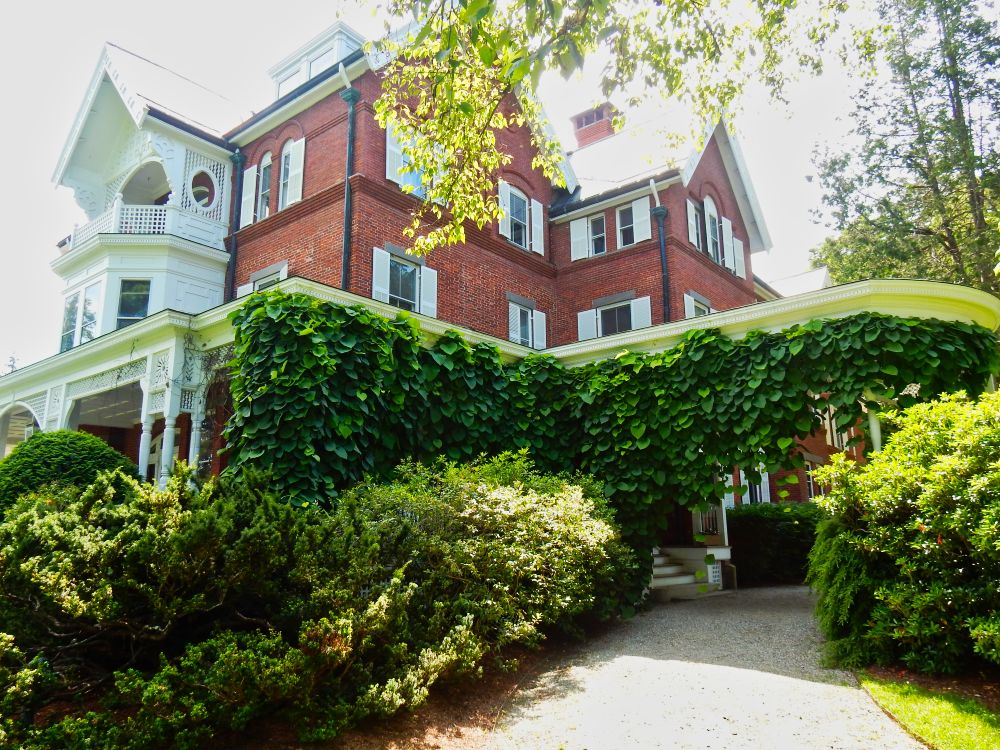
View of the Mansion from the Driveway
Deforestation of Vermont
Before the arrival of French and British settlers, a thick, healthy forest of hardwood covered nearly 95% of Vermont land surface. Back then, only a small population of Algonquian-speaking tribes, including the Mohican and Abenaki peoples roamed the lands. When French colonists arrived in the early 1600s, they gave the area its first European name: Les Verts Monts or “The Green Mountains” — possibly because the mountains were covered in forests.
When the British arrived nearly one hundred years later (right around the 1720s), their colonists turned to deforestation to clear farmland and for fuel in the production of potash and pearl ash. The forests of Vermont declined from 95% to 25% coverage of the land area by 1820s.
By the 1840s, soil exhaustion settled in, and farmers turned to ranching sheep. Within a decade sheep outnumbered people six to one. By the time ranching in Vermont reached its height in the 1850s, prospectors had discovered that they could harvest slate, marble, granite and other valuable stones from the land. Amid the quarries, the miners found copper, and they harvested much of the remaining Vermont forests for smelting fuel and did so through the 1900s. The Vermont forests suffered from depletion to the point where they relied upon imported woods.
What does this story have to do with Marsh-Billings-Rockefeller National Historical Park? Nearly everything. The two-century Vermont deforestation would give rise to three families, each producing extraordinary figures in the fields of conservationism and environmentalism.

Trees planted in the late 1800s and early 1900s
George Perkins Marsh
The father of modern conservationism, George Perkins Marsh was born in 1801 in a wooden farmhouse now located within the Marsh-Billings-Rockefeller National Historical Park
Marsh grew up in the middle of Vermont’s industrialization age. He studied both law and politics and then went on to win the 1834 election to Congress. During his return-home visits, Marsh saw that the deforestation of his childhood home got worse over time. He noted that without trees, the erosion and topsoil loss caused increased siltation in nearby rivers and creeks, which then destroyed fish. In addition to the adverse effects of wildlife habitat, Marsh saw the loss of fertility in farmlands. He observed the changes in one part of an ecological system and the harm it caused to the whole.
He would then go on to write “Man and Nature” in 1847, which marked the beginning of a genuinely modernized way of viewing the world and change the way people lived and reacted to the environment they occupy.
“The earth is fast becoming an unfit home for its noblest inhabitant, and another era of equal human crime and human improvidence… would reduce it to such a condition of impoverished productiveness, of shattered surface, of climatic excess, as to threaten the deprivation, barbarism, and perhaps even extinction of the species.” – Marsh (1864), Man and Nature
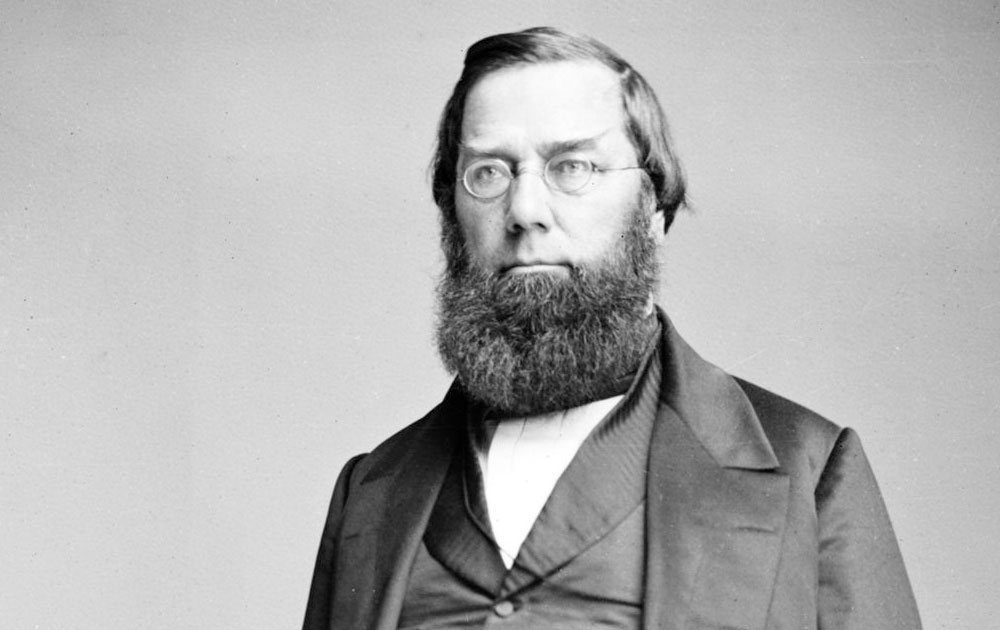
George Perkins Marsh – America’s first environmentalist by recognizing the irreversible impact of man’s actions on the earth
Frederick H. Billings
The writings of George Perkins Marsh profoundly impacted the life of Frederick Billings, the lawyer, businessman, and conservationist. Billings would also become closely associated with the development of the American West.
Born in Royalton, Vermont in 1823, Billings moved to Woodstock in 1835. Billings grew up in sight of the Marsh Family Farm. After studying at the University of Vermont, Billings became a lawyer. In 1849, the year of the Gold Rush, he went west and became the wealthiest man in California within a few short years.
Through his time in the west, Billings visited giant sequoia groves and the Yosemite Valley. The dramatic landscape of the Western states profoundly changed him. Enamoured by the natural beauty of California, he started advancing the founding of national parks in Yosemite, Yellowstone, Mount Rainier, and Glacier National Parks.
In 1861, Billings returned to the East Coast, and after his marriage, he returned to Woodstock. Sadly he returned to stripped hills and valleys and eroded lands devoid of any trees. When he read “Man and Nature,” Billings saw that Marsh’s warnings about man’s impact on nature were playing out in Vermont.
By the time Billings bought the 246 acres Marsh farm in 1869, he had realized that the farmers would soon no longer be able to sustain their sheep-based economy. He decided that Vermonters needed to adopt a new way of farming if they were going to survive. He bought additional land and established a scientifically managed herd of Jersey cows that other farmers could look to in running their own dairies.
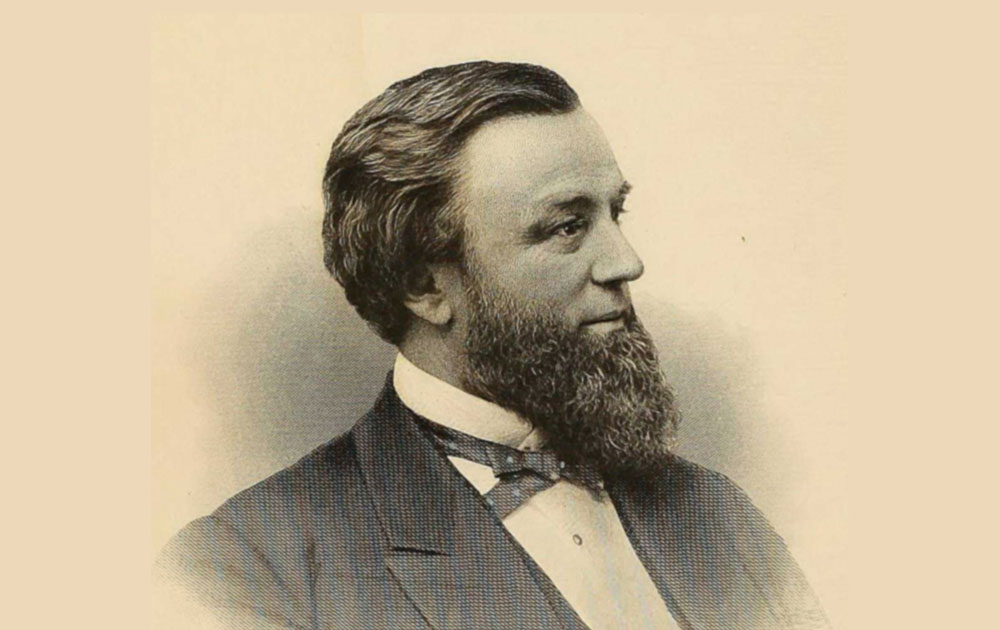
Frederick H. Billings – He and his heirs set about purchasing many failing farms and reforesting much of the surrounding hillsides with Norway Spruce, Scots Pine, European Larch, and many native species.
Laurance Spelman Rockefeller
Laurance Rockefeller, the 4th son of John D. Rockefeller Jr. and Abby Greene Aldrich, married Mary French (Billing’s granddaughter) midway his life and took over the Marsh-Billings Farm as their summer home for many years.
His father, John D. Rockefeller Jr, was an enthusiastic supporter of national parks and historic preservation. The Great Smoky Mountains, Shenandoah, Grand Tetons, Acadia, and Redwood National Parks exist today thanks to John D. Rockefeller Jr’s land purchasing, donations, and overall support.
Laurence would soon become America’s leading conservation, as so labeled by Lady Bird Johnson in 1967. During those years, he became chairman of the Outdoor Recreation Resources Review Commission, founded the American Conservation Association, and supported many other environmental groups. Laurance would then go on to expand the Rockefeller legacy by leaps and bounds by fund the expansion of Grand Teton National Park, along with other national parks in Wyoming, California, the Virgin Islands, Vermont, Maine, and Hawaii.
In September 1991, President George H. W. Bush awarded Laurence the Congressional Gold Medal for contributions to conservation and historic preservation. In the following year of 1992, Laurence and Mary donated the Woodstock home and farm to the National Park Service, creating a national park dedicated to the history of conservation, now called the Marsh-Billings-Rockefeller National Historical Park. Then, finally, in 2001, Rockefeller transferred ownership of his landmark 1106-acre JY Ranch to the Grand Teton National Park in Wyoming. Vice President Dick Cheney accepted the donation on behalf of the Federal government. On July 11, 2004, he died at his New York home at the age of 94 leaving an extensive conservation legacy that would give him the nickname “Mr. Conservation.”
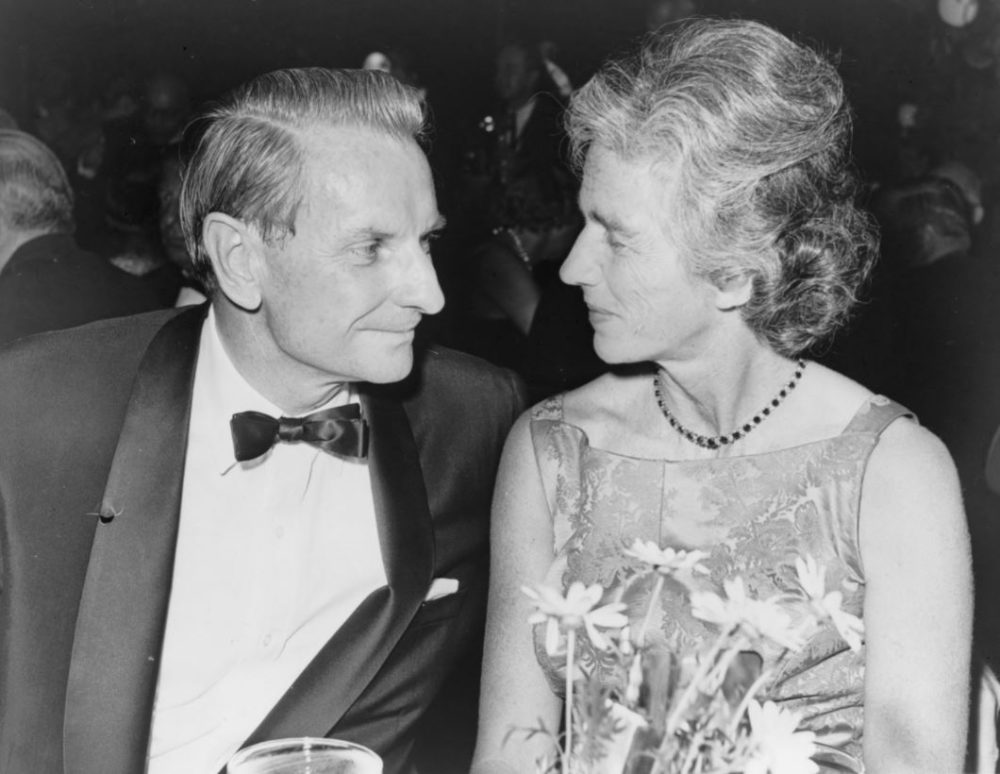
Laurance Rockefeller and wife Mary
Things to do at MBR National Historical Park
Although our time at Marsh-Billings-Rockefeller National Historical Park was short, we learned a fantastic amount about the “Fathers of American Conservation.” We even got in a tour of the mansion and grounds, an excellent way to see how the families lived. If you happen to be in the area for an extended stay, I suggest the following activities to heighten your visit to the park:
Billings Farm – Across the street you can tour one of Vermont’s excellent outdoor history museums. Frederick Billings’ farm operates today producing Jersey dairy products alongside educational exhibits and events.
Trails – The park has over 30 miles of well-kept paths that connect to two mountains and the village of Woodstock. At the visitor center, we found plenty of self-guided pamphlets and maps for the hiker who to be well informed.
Ranger Tours – On the day that we visited, we joined in on a guided tour, which is the only way we were able to view the Mansion. Our guide also took us through the gardens, which are open to the public. They even offer woodland workshops where you can learn about forestry and outdoor skills.
Snow Touring – During the winter, the park is open to cross-country skiers and snowshoeing. The Woodstock Resort Nordic Center offers passes and ski rentals.
Special Events – Throughout the year, the MBR will host events such as a hike-paddle tour, civil war lectures, Fall Forest Festival, and even a hiking tour with stops that sample delicious foods from local producers.
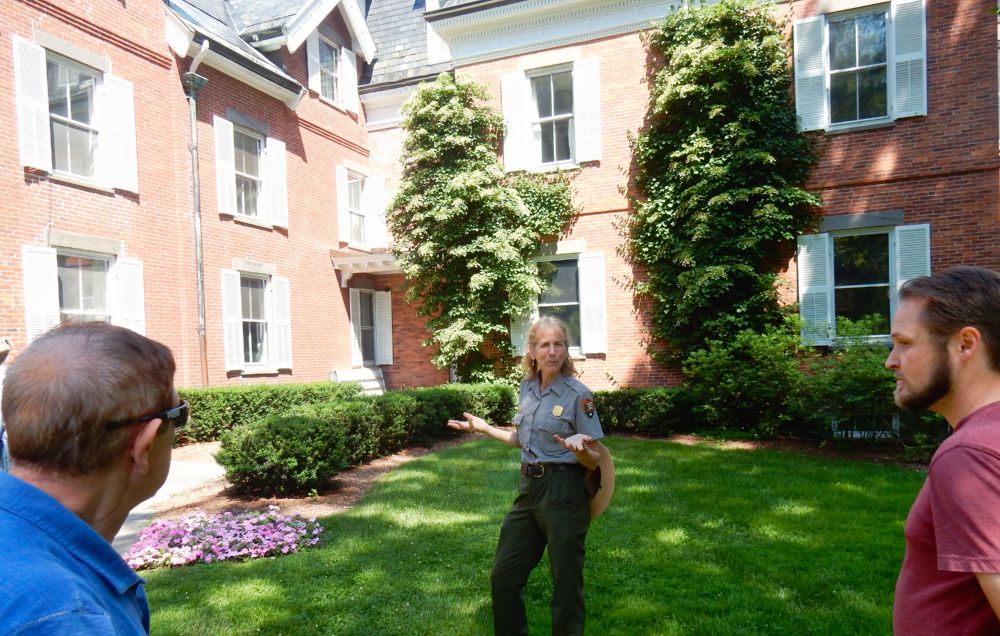
Ranger Lead Tour of the House
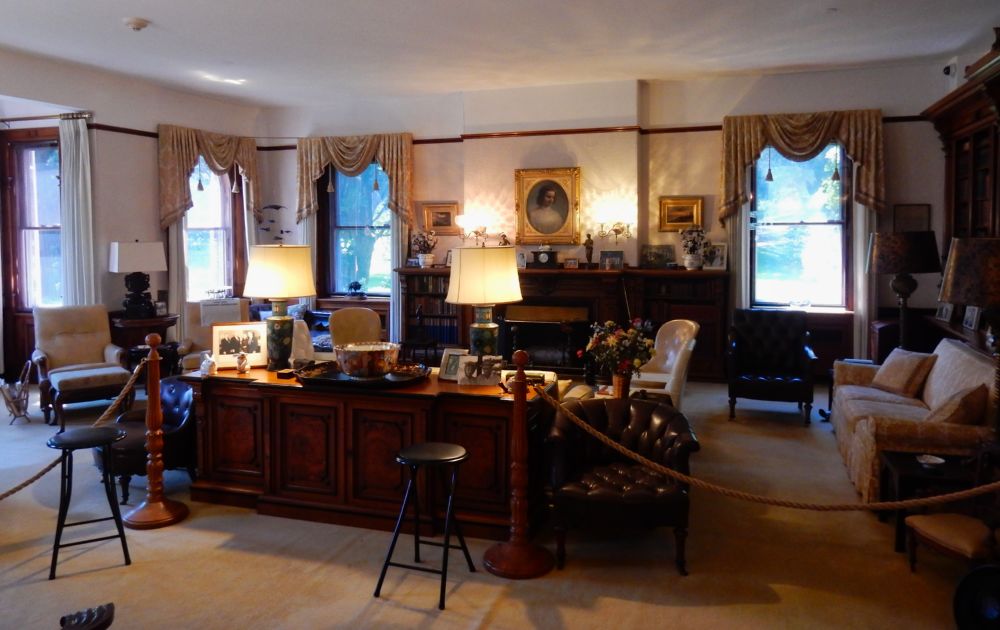
Inside the MBR Mansion
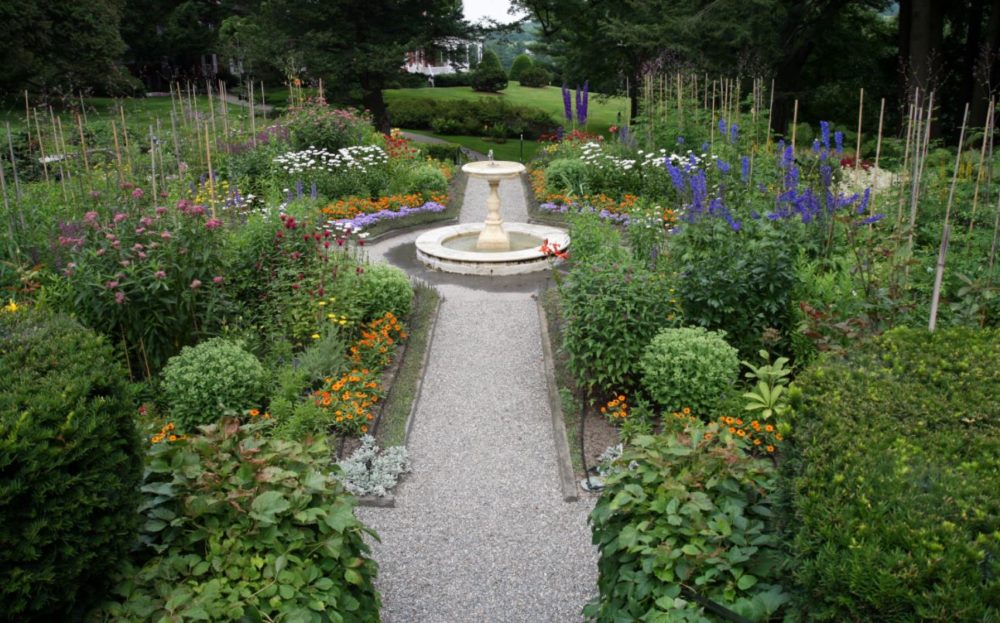
Marsh-Billings-Rockefeller Garden
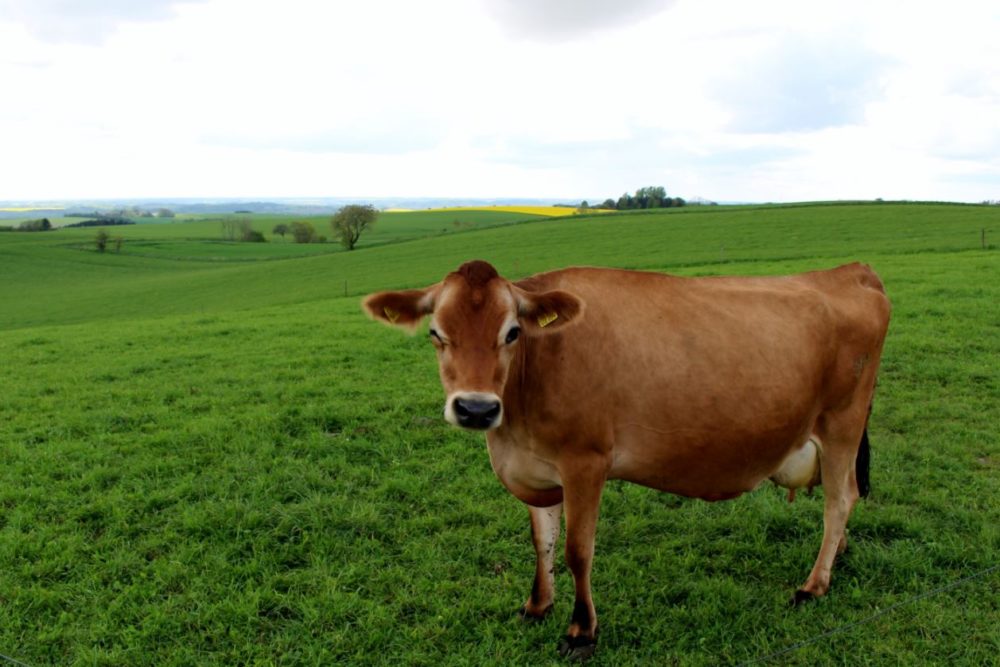
Jersey Cow
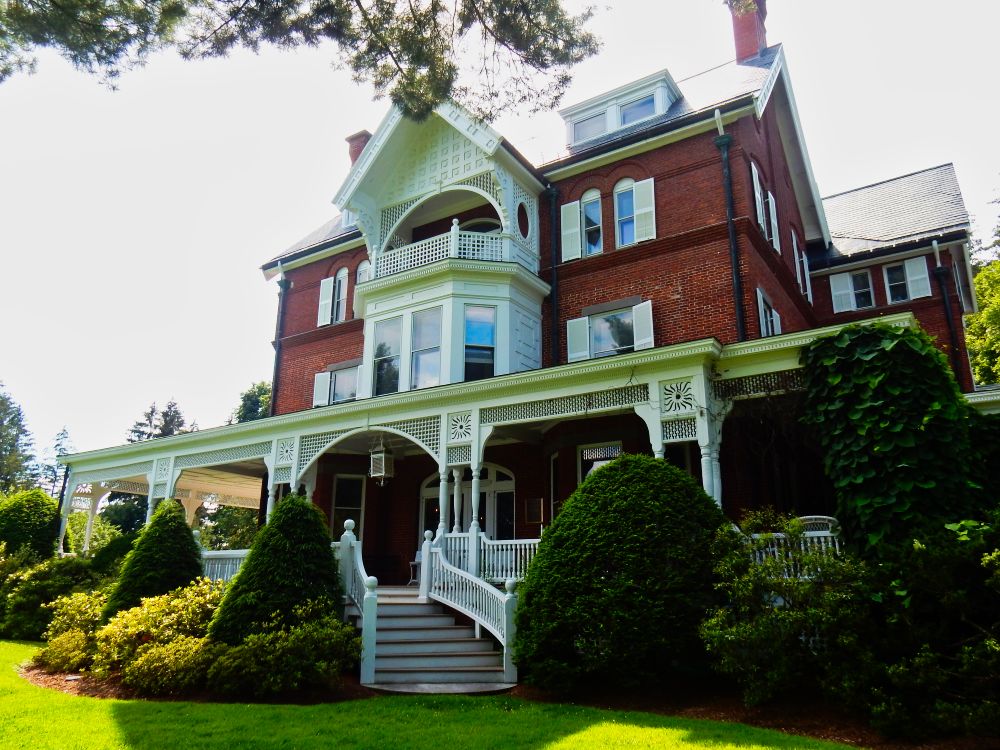
Marsh-Billings-Rockefeller National Historical Park
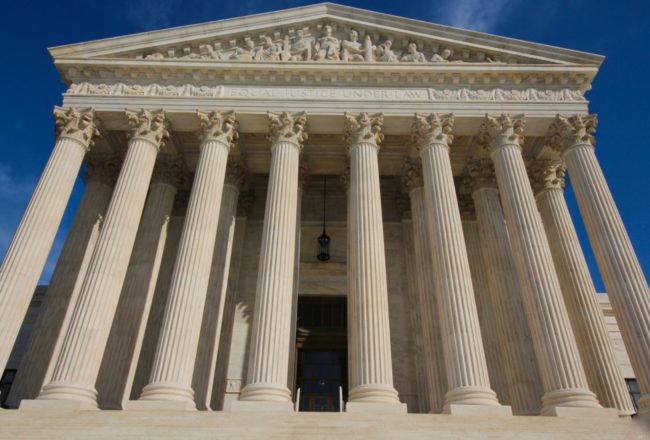
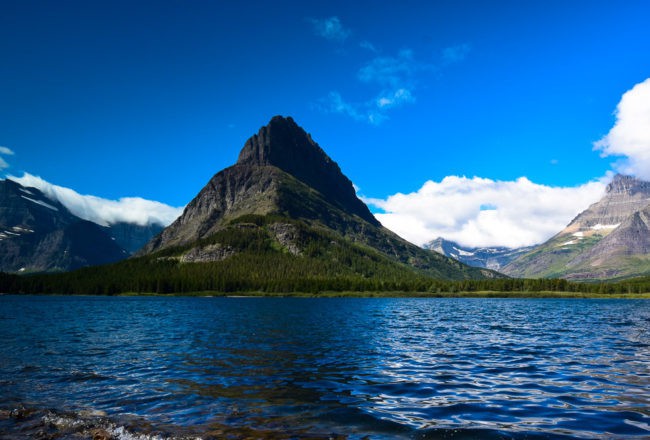
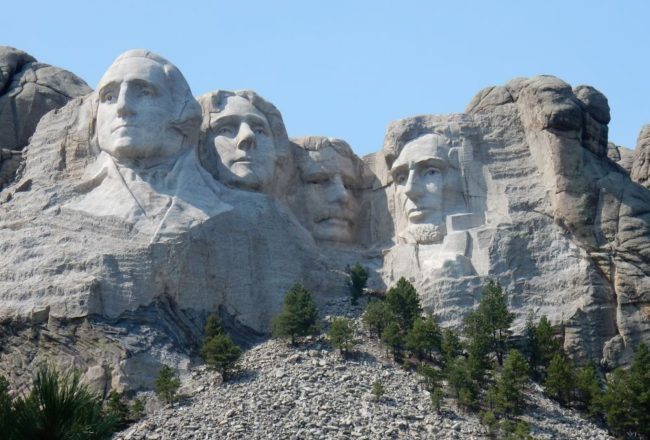


2 Comments
I have to admit, I know pretty much nothing about Vermont history so this was a wonderful look into its past.
Thanks. I’m glad we took the time to stop in Vermont. We would have stopped for the maple syrup and cheeses, if not the history. 😀